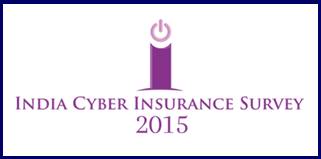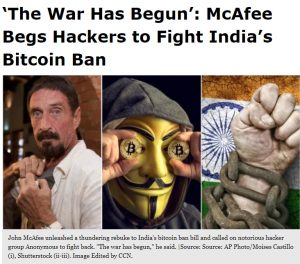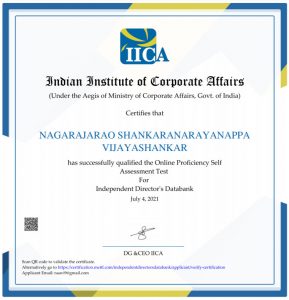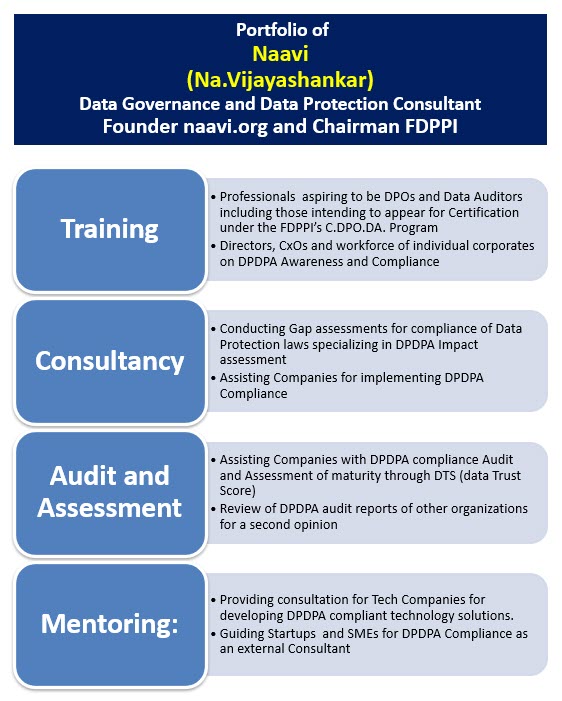- On May 3rd 2019, a State Gazette Notification was released in Maharashtra regarding the use of Electronic Mail Services by the Bombay High Court. The notification No P.0703/Rule/BHC is called “Bombay High Court Service of Processes by Electronic Mail Services (Civil Proceedings) Rules, 2017.
A copy of the rules is available here.
It may be recalled here that the Bombay Court in an earlier judgement in 2018 had suggested that courts can opt for modern ways of service. In this judgement the honourable judge had discussed the different modes of effecting substitute service of summons under Order 5 Rule 20 of the Code of Civil Procedure, and observed,
“…in sub-rule (i) and (ii), the substituted service means fixing the copies of the summons on different place as mentioned in the Rule. However, the sub-rule(iii) gives further option that the summons can be served in such other manner as the Court thinks fit. Thus, the manner which the Court opts for should be akin to the earlier mode of service, which is mentioned in the Rule. For this, the Court can take into account the modern ways of service which are available due to internet connection. It can be served also by courier or by email or by WhatsApp etc.
Similar views have been held by a few other Courts which are enamored by WhatsApp type of messaging applications and held that service of a notice through WhatsApp is acceptable and the “Blue Tick” is an acknowledgement etc. (Also see details here).
Now the Bombay High Court has gone one step further and amended the rules of the Court through a Gazette notification to adopt the service of notices through E mails. Accordingly the new rules dated 3rd may 2019 have been notified.
While we welcome the desire of the Court to adopt to modern means of communication, we would look at the notification to understand and analyze from academic view point whether it is in compliance with the law of the land or creates a rule that is ultra vires the law. If so, we need to also debate whether it is desirable for the Courts themselves to ignore the compliance of law either by ignorance or specific design.
Definition of E Mail
The notification defines an “Electronic Mail” as a store and forward method of composing, sending, storing and receiving messages in electronic form via computer based communication mechanism.
The “Electronic Mail service” is defined as a notice or any process of Court sent by electronic mail by an officer authorized in this behalf by the high court or the district court as the case may be, such communication emanating from an addres specified for the purposes of these Rules.
The definition is incomplete without reference to the definition of a “Computer” under ITA 2000 and a reference there of should have been made in the rules.
The definition is redundant since ITA 2000 defines “Electronic Form” and “Equivalence of a document in electronic form to a document in paper form” through section 4. Hence communication of an order which was permitted to be sent through paper mail is automatically valid when sent through an E Mail or any other form of electronic communication. No revision of procedure was required.
No Mention of Authentication or Section 65B Certification
The rules donot make proper mention of “Authentication” of the mails with the use of Electronic/Digital Signature and a need for Section 65B certification when a “Sent” communication is to be admitted as “evidence”.
It was necessary for stating that the Court officer besides the judge shall use a registered digital signature for the purpose of sending out the communication on behalf of the Court.
In case an electronic record is to be produced as evidence to prove that an e-mail has been sent or the e-mail has been received or that an e-mail has been returned un-delivered, whether through an e-mail system or a WhatsApp like system, it is necessary to produce such electronic document along with a Section 65B certificate for it to be admissible.
There is no mention of this requirement.
This is a clear non compliance of the law of the land.
Who determines the Validity of the E Mail address?
The rule also states that the petitioner who wants the notice to be sent to the counter party should file an affidavit stating the e-mail address of the counter party.
Sections 11 to 13 of ITA 2000 clearly lay down the rules regarding “Attribution” of an electronic message, the “Need for Acknowledgement if any”, “The time and place of sending or receiving of an electronic message” which interalia requires the contracting parties to “Designate” e-mail addresses for communication as part of their communication contract.
The procedures notified completely ignores the provisions of the ITA 2000 and defines its own rules. A use of an e-mail for certain correspondences for prior communication cannot be used for legal communications after a dispute has reached the Court. This is fraught with risks and gives room for misuse.
The procedure suggested is akin to the sending of a mail by ordinary post and not like a mail sent by a “Registered Post” or “Registered Post Acknowledgement Due”…to the last known address…but without confirmation.
If the Court had adopted the use of Section 65B certificate for evidencing prima facie delivery, then the delivery would have some sanctity like in the case of registered/Registered acknowledgement due delivery of post or the use of a reliable courier service.
Use of the e-mail address on a website as the address to which notices can be sent is daisy since most websites may have an address such as “Info@…” or “Webadmin@…” etc. These may not be designated for the receipt of legal notices.
On the other hand, it would have been better if the Court had held that “Due Diligence” under Section 79 of ITA 2000/8 required a specific e-mail address to be designated as for legal notices.
The Court could have reiterated that under ITA 2008, it is mandatory for websites to designate a “Grievance Officer” whose contact address is to be mandatorily provided on the website. This would have been not only respecting the law as it exists but also could have supported a provision which many are ignoring.
I am aware that a PIL was also filed with the Bombay High Court itself that websites are failing to comply with this provision of ITA 2000/8 regarding provision of contact addresses, though I am not sure of the outcome. Hence the requirement under ITA 2000/8 in this regard was within the knowledge of the Court and it would have been good if this had been re-iterated.
It is noted that under rule 7, parties have been permitted to opt for the use of E-mail by consent which is understandable. Provision of email address could have been made a mandatory provision for filing any petition or reply to the Court.
The suggested protocol attempts to do this.
However in such cases option may have to be provided to some litigants not to use electronic communication. This would be in conformity with the principle of natural justice.
No mention of Security
The suggested protocol is bereft of the security requirements. In fact it provides immunity for the court and its officers not to be held liable for any omission. Considering that the omissions are derogation of a statutory law, the responsibility of the Court and its officials should not be ignored.
Overall, the notification does not inspire the confidence that the rules have been framed after properly evaluating the provisions of ITA 2000/8 to the context.
Naavi



 In 2015, Naavi.org initiated a National survey titled India
In 2015, Naavi.org initiated a National survey titled India







